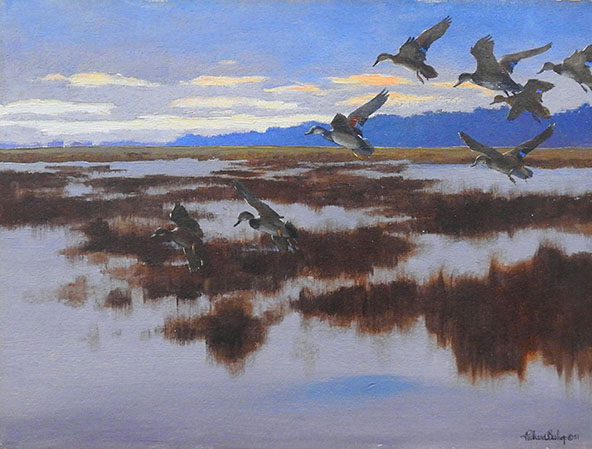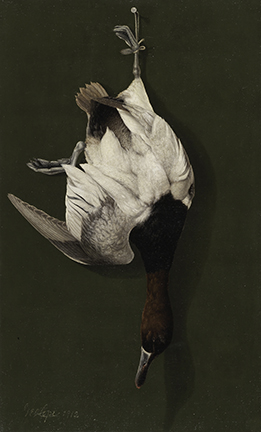My heart cracked a bit last week after reading Wisconsin Governor Evers’ “Safer at Home” order effective through April 24. I hope Covid-19 is controlled soon.
As for so many others, my routine is no longer, well, routine. I’m all about the comfort of sameness and control, yet that is gone. I know it’s for the best, but the uncertainty is testing me and all of us.
So, what can I share via this blog? The Woodson Art Museum is closed, staff are working from home, and the galleries are filled with dozens of beautiful artworks with stories to tell. Yet the joy of viewing them is available only online now.
As museums across the country closed, colleagues have been brainstorming ideas to share exhibitions and artworks. We are ready. You can access more than 700 artworks from the Woodson Art Museum’s collection online. Click the “Collection Search” button and explore the way to search, such as by artist’s name or bird species, and peruse the online selections.
I’m sharing two works that intrigue me.

Richard E. Bishop, Twilight, 1951, oil on hardboard
Richard Bishop painted game birds from a hunter’s perspective – over the barrel of a shotgun. His knowledge garnered Bishop recognition by sportsmen, naturalists, and artists as one of the country’s foremost painters of waterfowl.
To aid in creating realistic depictions of birds, Bishop pioneered the use of high-speed cinematography to analyze birds in flight. He also supported the appropriate use of photographs as reference materials for artwork.
For some, a painting of dead game, such as George Cope’s Hanging Duck, is bewildering. They might wonder what motivated the artist to paint such subjects, unable to understand what is beautiful or appealing about suspended dead birds.
In the nineteenth century, hunting became a leisurely pursuit, and artists were engaged to record the “trophies” for gentlemen hunters.

George Cope, Hanging Duck, 1912, oil on canvas
George Cope made his reputation painting game still lifes. His work is distinguished by a central bunching of objects and the detail he achieved in the backgrounds. In Hanging Duck, the focus is a single canvasback. The dark green background emphasizes the white body plumage, seemingly causing it to glow. Cope’s realistic portrayal of feathers enhances the duck’s musculature, providing a three-dimensional sensation. The opposite effect is true of the neck and head, which blend, almost disappearing, into the background – drawing attention away from an obvious sign of a fresh kill.
The Bishop and Cope paintings are two works included in an upcoming exhibition, Art of the Hunt. The exhibition illustrates the changing role of birds and animals through images of hanging game, sportsmen in the field, and the birds they pursued. I selected oil paintings, etchings, and lithographs along with intricately carved decoys and bronze sculptures, dating from the early-nineteenth and into the twenty-first century, from the Woodson Art Museum’s collection for this upcoming exhibition.
Enjoy this virtual, sneak peek at two artworks from Art of the Hunt. Please stay safe and be well. I hope it will soon be possible to visit the Woodson Art Museum again for in-gallery experiences in addition to online artwork explorations now and at anytime.




